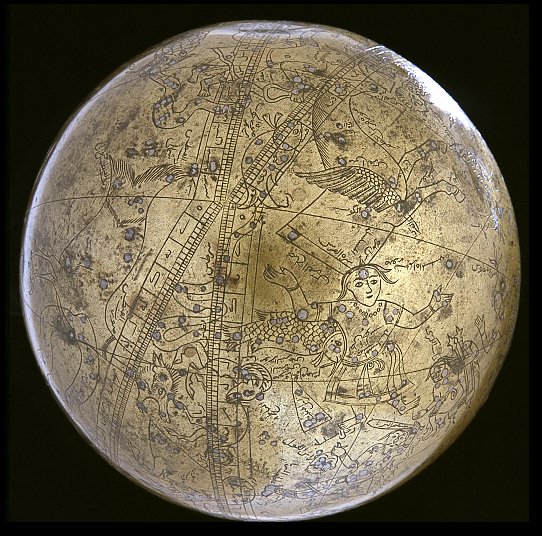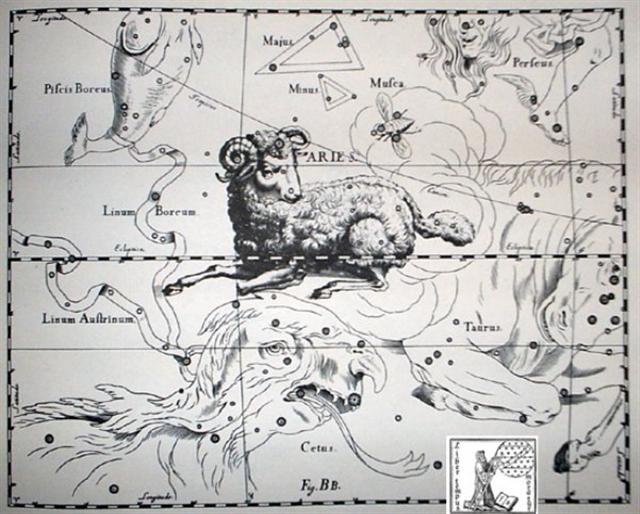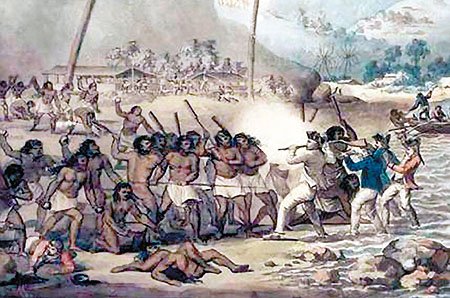395. The end of side a on the C tablet was at glyph number 365 + 27 = 392, viz. probably at the right ascension line of Polaris:
Hamal was at the end of the preceding circuit and therefore at the same right ascension line as the back of the head of Ku (Cetus) - who was down in the water. ... At the time of the loading of the emigrant canoe, Hotu Matua ordered his assistant Teke to take a (stone) figure (moai) named Oto Uta [probably Hamal] on board the canoe, along with the people (aniva) who were emigrating. However, the figure was 'left behind out in the bay' (E:73)
The Julian equinox did not occur until the following day and according to the time-space of Bharani this was in day *355:
... Nevertheless, by virtue of a series of spectacular coincidences, Cook made a near-perfect ritual exit on the night of 3 February. The timing itself was nearly perfect, since the Makahiki rituals would end 1 February (±1 day), being the 14th day of the second Hawaiian month [Kau-lua]. This helps explain Mr. King's entry for 2 February in the published Voyage: 'Terreoboo [Kalaniopu'u] and his Chiefs, had, for some days past, been very inquisitive abouth the time of our departure' - to which his private journal adds, '& seem'd well pleas'd that it was soon'. Captain Cook, responding to Hawaiian importunities to leave behind his 'son', Mr. King [sic!], had even assured Kalaniopu'u and the high priest that he would come back again the following year. Long after they had killed him, the Hawaiians continued to believe this would happen. With the high priest's permission, the British just before leaving removed the fence and certain images of Hikiau temple for firewood. Debate raged in the nineteenth century about the role of this purported 'sacriledge' in Cook's death, without notice, however, that following Lono's sojourn the temple is normally cleared and rebuilt - indeed, the night the British left one of the temple houses was set on fire. Among the other ritual coincidences, perhaps the most remarkable was the death of poor old Willie Watman, seaman A. B., on the morning of 1 February. Watman was the first person among Cook's people to die at Kealakekua: on the ceremonial day, so far as can be calculated, that the King's living god Kahoali'i would swallow the eye of the first human sacrifice of the New Year. And it was the Hawaiian chief - or by one account, the King himself - who specifically requested that old Watman be buried at Hikiau temple. Messrs. Cook and King read the burial service, thus introducing Christianity to the Sandwich Islands, with the assistance however of the high priest Ka'oo'oo and the Lono 'brethren', who when the English had finished proceeded to make sacrifices and perform ceremonies at the grave for three days and nights. So in the early hours of 4 February, Cook sailed out of Kealakekua Bay, still alive and well. The King, too, had survived Lono's visit and incorporated its tangible benefits, such as iron adzes and daggers. In principle, the King would now make sacrifices to Kuu and reopen the agricultural shrines of Lono. The normal cosmic course would be resumed ...
|
||||||||||||||||||||||||||||||||||||||||||||||||||||||||||||||||||||||||||||||||||||||||||||||||||||||||||||||||||||||











